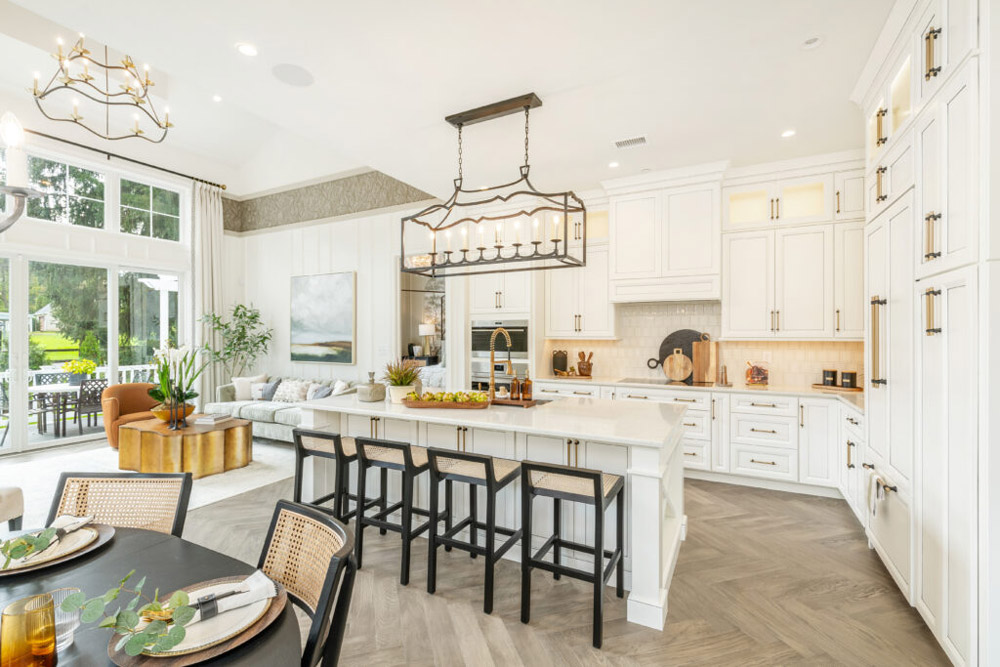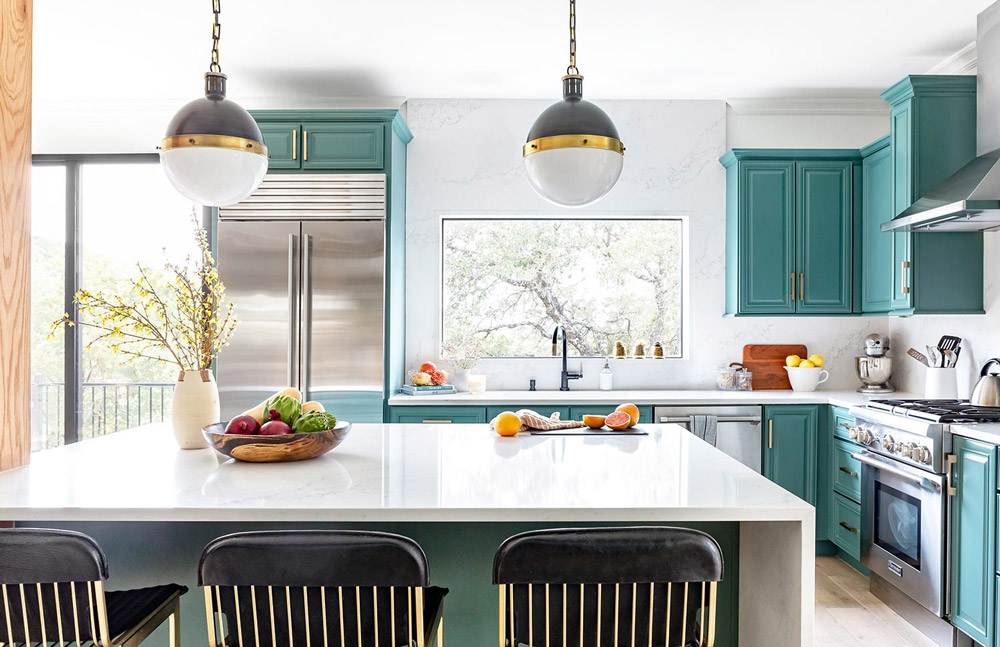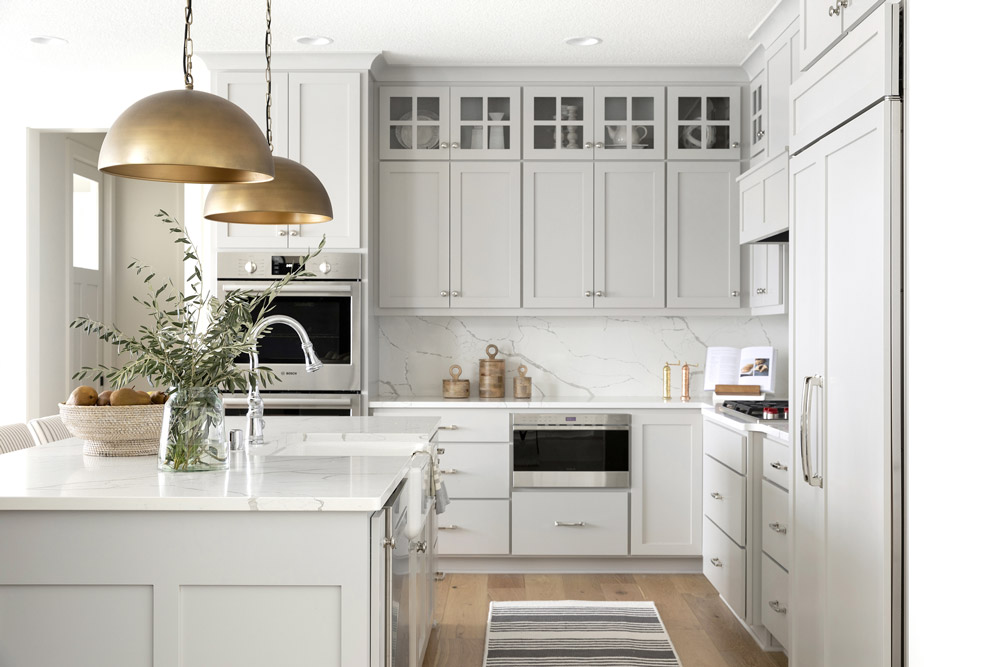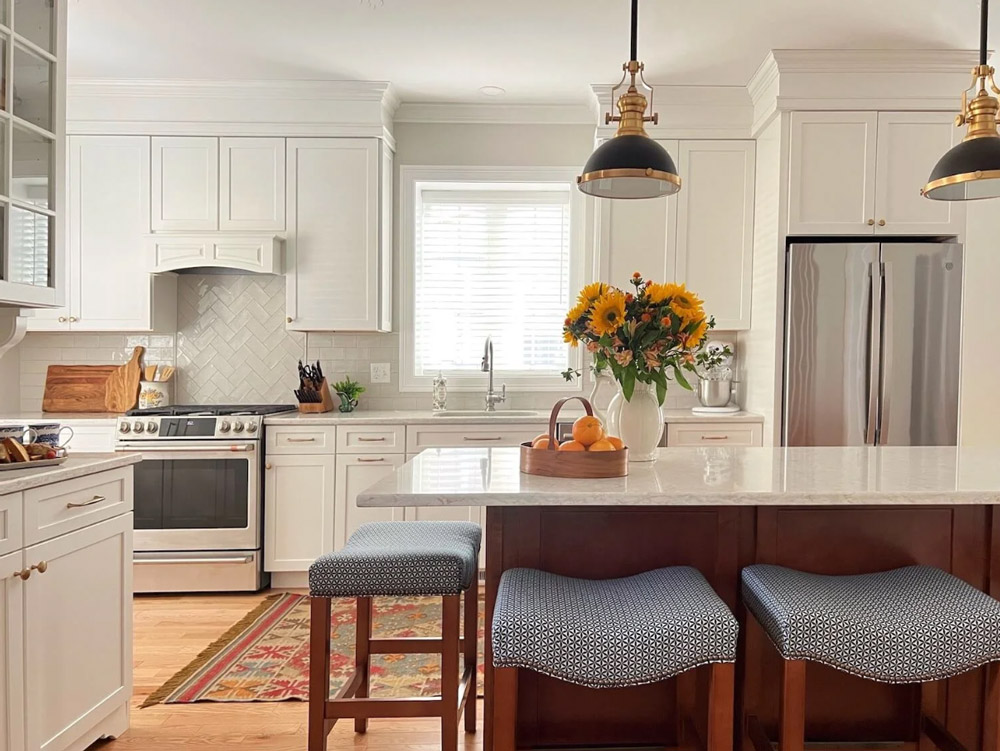Mixing metals in interior design is no longer a bold risk—it’s a refined, modern technique embraced by designers and homeowners alike. Done right, blending finishes like brass, chrome, nickel, and black iron can add depth, texture, and sophistication to any room. Done wrong, it can create visual chaos and throw off the entire balance of a space.
So, how do you mix metals in a room without it looking messy? The key lies in intentionality, contrast, and distribution. Below, we’ll walk through the principles, room-specific strategies, and expert-backed techniques for mixing metal finishes with confidence.
Contents
Why Mixing Metals Works in Interior Design
There’s a good reason why mixed metals are trending in both modern and traditional homes. Using more than one metal tone in a space:
- Adds visual depth and a layered aesthetic
- Prevents monotony from using only one finish
- Makes a space feel curated rather than overly coordinated
- Allows you to work with existing finishes without replacing everything
When applied with balance and foresight, the result is a room that feels collected and intentional, not random or mismatched.

Understand the Basics Before You Mix
Before diving into a room redesign, it’s important to understand the fundamentals of mixing metals. There’s more to it than simply putting brass next to chrome.
Warm vs Cool Metal Tones
Not all metals behave the same visually. Metals fall into two broad categories based on undertone:
- Warm tones: Brass, bronze, copper, gold
- Cool tones: Chrome, nickel, stainless steel, silver
Mixing warm and cool metals creates contrast and visual interest. However, pairing two finishes from the same tonal family requires more care to avoid looking accidental.
Metal Finishes and Textures
Beyond color, metals also vary by finish:
- Polished: Reflective, high-gloss surface
- Brushed or Satin: Soft, matte texture with subtle directionality
- Antique or Aged: Distressed or patinated finishes for a vintage look
- Matte or Powder-Coated: Non-reflective, modern aesthetic
Combining polished and matte finishes in the same room can add dimensionality and sophistication.
Choosing a Dominant Metal Finish
One of the most important rules is to choose a primary (dominant) finish that will anchor the space. This should be the metal that appears most frequently—on major items like faucets, lighting fixtures, or cabinet hardware.
A good rule of thumb is the 70/30 balance: use one metal for about 70% of the room’s fixtures and the remaining 30% for accent metals.
How to Mix Metals Like a Pro

Start with a Plan
Visualize the space and identify which elements will carry which finishes. Consider where your metals will appear: lighting, hardware, accessories, furniture legs, curtain rods, and so on. Establish a cohesive metal color palette before buying or installing.
Stick to Two or Three Finishes Max
To avoid visual clutter, limit yourself to two or three distinct metal finishes in one room. More than that can appear haphazard and disorganized. This limit forces you to be deliberate with each choice.
Distribute Metals Evenly Around the Room
Avoid concentrating one finish in just one corner or feature. Instead, aim to distribute each metal throughout the room. If you have brass in your light fixture, repeat it in a drawer pull or decorative accent elsewhere. Repetition builds cohesion.
Use Transitional Pieces
To ease transitions between finishes, look for pieces that combine two metals—like a black and brass chandelier or a mirror with a chrome frame and brass mounting. These hybrid pieces act as bridges between different tones.
Contrast with Intent
A subtle difference between two similar metals (like satin nickel and polished nickel) can feel like a mistake rather than a design choice. On the other hand, high contrast pairings—like matte black with antique brass—create depth and energy. Be bold in contrast, and deliberate in placement.
Best Rooms to Mix Metals In

Kitchens
The kitchen is one of the most dynamic spaces to experiment with mixed metals. For example:
- Use brass hardware on cabinets for warmth
- Install black pendant lights over the island for contrast
- Keep appliances in stainless steel for a classic, cool undertone
Layering metals here can help break up the sterile feeling that often comes with uniform materials.
Bathrooms
In bathrooms, metal finishes typically appear in faucets, towel bars, lighting, and mirrors. For example:
- Chrome or nickel for sink fixtures
- Brushed brass for sconces or vanity mirrors
- Matte black for cabinet pulls or towel hooks
Just make sure to repeat each metal at least once in the space for cohesion.
Living and Dining Areas
Even less utilitarian spaces can benefit from mixed metal finishes. Look to:
- Lighting fixtures (chandeliers, floor lamps)
- Furniture accents (table legs, shelf brackets)
- Decorative accessories (vases, trays, frames)
The goal is to subtly layer metals in a way that enhances texture and character.
Common Mistakes to Avoid When Mixing Metals
Despite its benefits, mixing metals can go wrong if certain design rules aren’t followed. Here are some pitfalls to avoid:
- Using too many finishes: Limit your palette to 2–3 metals per room
- Ignoring undertones: Ensure your metal tones complement nearby materials like wood, tile, or fabric
- Mismatched textures: Combine finishes intentionally—polished with brushed, matte with aged—but not arbitrarily
- Unbalanced distribution: Don’t cluster one finish in just one area. Spread them out and repeat for balance
- Poor finish quality: Cheap or inconsistent finishes can drag down the whole look
Expert Design Tips for a Polished Look
- Repeat each metal in at least two locations within the room
- Use accent colors or textures (like rugs or fabrics) to tie different metal tones together
- Add depth by mixing metals with natural materials like marble, stone, or reclaimed wood
- Anchor the space with one standout statement fixture that features a mix of finishes
Final Thoughts: Curating with Confidence
Mixing metals is an art that, when done right, results in a layered, intentional, and high-end look. The key isn’t perfection—it’s balance. Don’t shy away from experimenting with contrast, but make sure every choice feels thoughtful and deliberate.
Start small: switch out light fixtures, swap in a brass mirror, or add a black metal table lamp. Observe how your eye responds, and build from there.
Trust the process—and your instincts. The most memorable rooms aren’t those where everything matches. They’re the ones where everything works together, even when it shouldn’t.

